 |
Young Worker Safety Training |
0.75 |
This course covers federal laws regarding working minors as well as common workplace hazards. |
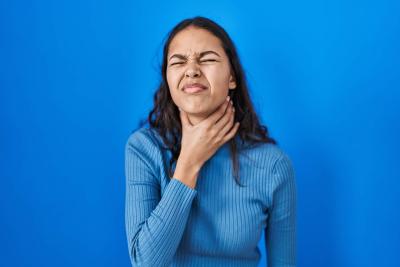 |
What's Bugging You? Communicable Diseases |
0.17 |
This course covers common communicable diseases, how they enter the body, and how certain policies can aid in lowering the likelihood of transmission. |
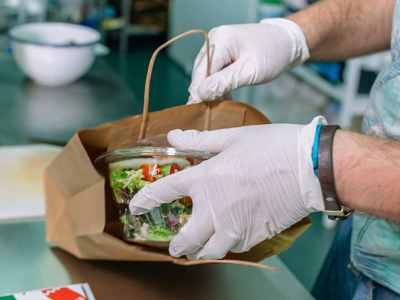 |
The Safe Food Handler |
0.50 |
This course covers how food workers introduce germs, bacteria, and viruses into the workplace. Furthermore, this course covers methods for abating foodborne illnesses in the workplace and keeping the transmission of foodborne illnesses low. This information is based on the Food and Drug Administration's 2022 Food Code. |
 |
The Globally Harmonized System (GHS) for Hazard Classification and Labeling |
0.25 |
This course covers the Globally Harmonized System for Hazard Classification and Labelling. The Globally Harmonized System for Hazard Classification and Labelling, or GHS, is a common and coherent approach to defining and classifying hazards and communicating information on labels and safety data sheets. GHS provides the underlying infrastructure for the establishment of national, comprehensive chemical safety programs. |
 |
Suicide Prevention |
1.25 |
This course covers suicide prevention measures and suicide prevention organizations as well as the disparities found in suicide data.
After completing this course, you will be able to:
Distinguish the disparities in suicide statistics
Identify the risk factors that can lead to suicide
Apply techniques to help prevent suicide
Describe the work that suicide prevention programs are doing |
 |
Substance Abuse |
1.50 |
Millions of Americans abuse substances like alcohol or drugs. People with substance abuse problems can and do recover.
This course will discuss some of the science behind what makes certain substances so addicting. It will also identify behaviors and factors that make specific people more vulnerable to substance abuse problems. Finally, it will dive into treatment strategies and types of programs that are research-proven to help people overcome their addictions. |
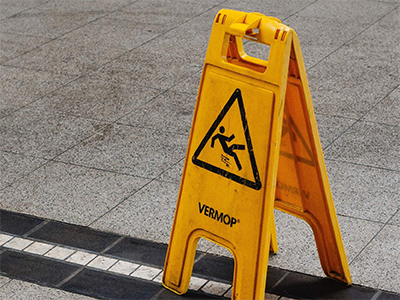 |
Slips, Trips, and Falls |
0.75 |
This course covers slips, trips, and falls in their entirety within the workplace. Being able to identify common causes of slips, trips, and falls helps to protect from a workplace injury. Once those causes are identified, you will learn how to create protection plans and use prevention tools for slip, trip, and fall incidents.
It is just one of many health and safety courses we offer. This course will help you learn about best practices to keep yourself safe and healthy when on the job. |
 |
Scaffolding Safety |
0.50 |
This course covers the importance of scaffold safety, common hazards when using scaffolding, and how to prevent serious injury. |
 |
Scaffold and Ladder Safety Training |
1.00 |
This course covers the importance of ladder and scaffold safety, common hazards when using scaffolding and ladders and how to prevent serious injury. |
 |
SARS: Protecting Workers |
0.17 |
This course covers how employers should keep their employees safe who are possibly exposed to SARS. This course also discusses general safety measures for workers in industries with the highest risk of coming in contact with SARS. These include healthcare workers, laboratory workers, and airline personnel. |
 |
Sanitation and Hygiene |
0.25 |
This course covers the proper manufacturing practices to ensure good sanitation, how to achieve proper hygiene among personnel, and how to identify sanitation and health problems in the workplace. |
 |
Safety Training for Supervisors |
0.75 |
This course covers the different challenges that supervisors face on the job site. You will also learn how to properly identify hazards within your work site and be able to investigate incidents where hazards harmed a worker. Finally, you will learn how to install safe practices in your team so that everyone is protected and the job runs safely. |
 |
Safety and Survival in an Active Shooter Event in School Settings |
0.75 |
Welcome to Safety and Survival in an Active Shooter Event in School Settings. Recent national tragedies in schools remind us that the risk is real: an active shooter incident can happen in any place at any time in any school district. The best way to make sure you are safe is to prepare ahead of time and be ready.
Warning: Some of this content may be disturbing, if you need to take a break, please do so. If you exit and then come back into the course later, it will resume where you left off. |
 |
Safety and Survival in an Active Shooter Event |
1.00 |
An all too unfortunate reality is that active shooter events are occurring with alarming frequency throughout the world. This course is intended to make you aware of the steps you should take if you are ever involved in an active shooter event. |
 |
Safe Vehicle Operation |
0.50 |
This course covers the basic principles of safe vehicle operation, including an introduction to defensive driving concepts and tips for safe driving in rainy or snowy weather. |
 |
Safe Patient Handling |
0.50 |
This course is designed to provide healthcare professionals with the knowledge and skills necessary to safely handle patients in healthcare settings. The course will cover the principles of safe patient handling, equipment use, risk assessment, communication, and teamwork. |
 |
Safe Lifting Practices and Manual Material Handling |
0.75 |
This course covers methods for identifying risk factors related to lifting, carrying, and other manual material handling tasks in the workplace. It includes how to plan and apply ergonomic improvements to reduce or eliminate those risk factors, thereby avoiding injuries, injury-related expenses, and loss of productivity. It also includes a selection of example ergonomic improvements that learners might choose to implement. |
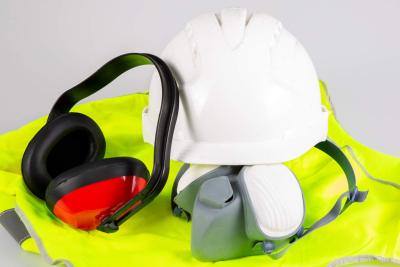 |
Respiratory Protection Standard |
0.75 |
This course covers the basic principles of the respiratory standard as well as each requirement that makes up this program. |
 |
Respiratory Protection Awareness |
0.50 |
This course covers the different types of respirators and their purposes, as well as OSHA standards and the reasons why using a respirator would become necessary. |
 |
Reducing Foodborne Illness Risk Factors in Food Service and Retail Establishments |
0.50 |
This course covers different risk factors that are insufficiently controlled in institutions, retail food, and restaurants. Recommendations to help these places control these risk factors are also given. |
 |
Protecting Yourself While Responding to Earthquakes |
2.00 |
This course covers the importance of earthquake safety and protecting yourself before, during, and after an earthquake. It also covers how first responders should keep themselves safe when responding to an earthquake scene. |
 |
Preventing Violence at the Workplace - Retail |
0.50 |
This course addresses workplace violence, including its factors and types, and provides strategies for preventing it. |
 |
Preventing Violence at the Workplace |
0.50 |
This course covers the basics of workplace violence protection, including the four types of workplace violence and the appropriate responses to each. |
 |
Preventing Slips, Trips and Falls: A Training Program for Small Business |
0.67 |
The Preventing Slips, Trips and Falls course focuses on helping small business owners and their employees identify, evaluate and control the hazards in their workplaces that may cause slips, trips and falls. Designed to increase and improve participants' knowledge, skills and access to valuable resources, this course will assist them in establishing systems that can help them prevent slips, trips and falls. Participants will learn how to prevent, recognize, evaluate, and control slip, trip and fall hazards, as well as develop their own learning goals and action plans. |
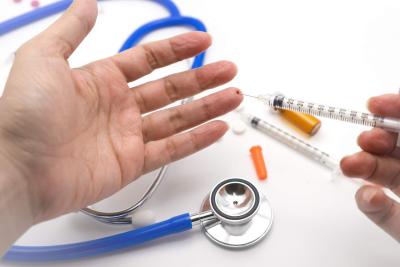 |
Preventing Needlesticks and Other Sharps Injuries |
1.00 |
A sharps injury is a penetrating stab wound from a needle, scalpel, or another sharp object that may result in blood or additional body fluids exposure. Sharps injuries are typically the result of using sharp equipment in a fast-paced, stressful, and potentially understaffed environment. This course covers the causes of needlestick and sharps injuries in the healthcare workplace, how to prevent such injuries and the prevention strategies that can be implemented. |


























